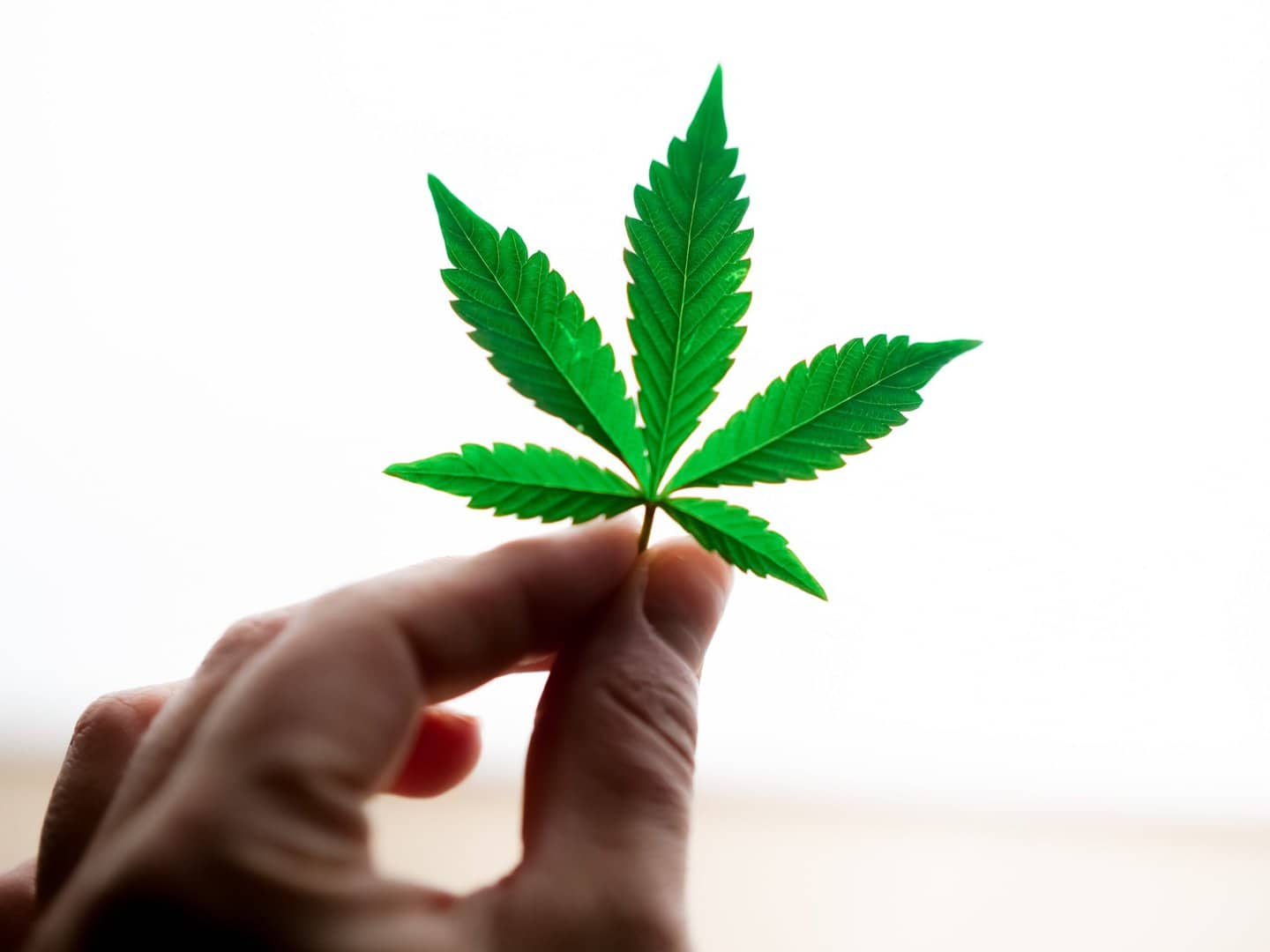
Cannabinoids, which occur naturally in the cannabis plant, are compounds that act on your body to produce a variety of different potential effects and benefits. In this article, you'll find all the important information that will help you understand the importance of cannabinoids in medicinal cannabis and their benefits for promoting your health and well-being.
Cannabinoids are a group of chemical compounds found in the cannabis plant. In the bodies of humans and other animals, they interact with the endocannabinoid system, which is involved in the regulation of various physiological processes, including mood, memory, pain perception, appetite and immune response.
There are three main types of cannabinoids:
PhytocannabinoidsA: These are cannabinoids that are naturally produced by the cannabis plant. The best known and best studied phytocannabinoids are tetrahydrocannabinol (THC) and cannabidiol (CBD).
THC is the main psychoactive compound in cannabis that is responsible for the "high" or euphoric effect. It also has potential therapeutic effects such as pain relief and appetite stimulation. CBD is another important cannabinoid found in cannabis. Unlike THC, CBD is not psychoactive and does not cause a 'high'. It has attracted attention for its potential therapeutic effects, including anti-inflammatory, analgesic and anti-anxiety properties.
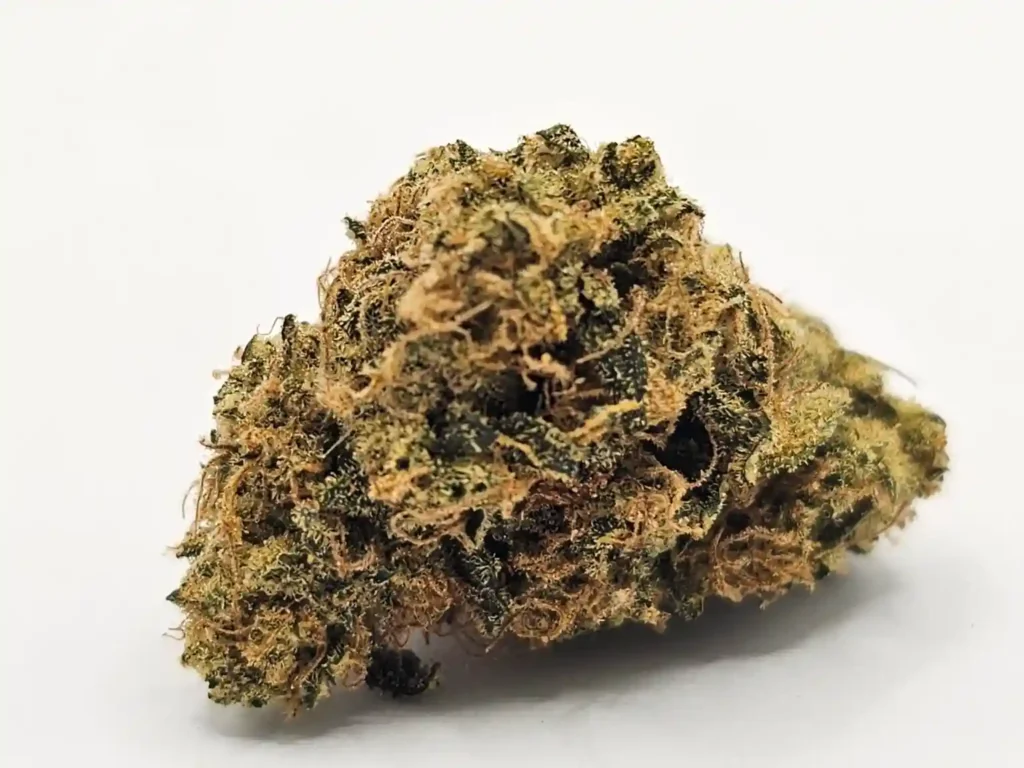
Endocannabinoids: These are cannabinoids that our bodies naturally produce. Anandamide and 2-arachidonoylglycerol (2-AG) are the two main endocannabinoids that have been identified. They play a role in maintaining homeostasis by binding to cannabinoid receptors in the endocannabinoid system.
Synthetic cannabinoids: These are cannabinoids that are chemically synthesised in the laboratory. They are often intended to mimic the effects of natural cannabinoids and are sometimes used for research purposes or even illegally as recreational drugs. Synthetic cannabinoids can have unpredictable and potentially dangerous effects on human health.
The two main sources of cannabinoids are:
The cannabis plant: it is the best known source of cannabinoids, which are produced in special glands called trichomes. However, there are more than 100 other cannabinoids, each with different effects and potential therapeutic properties.
Hemp: Hemp is a variety of the cannabis plant that is grown for industrial uses such as fibre, seeds and oil. It has a low THC content (usually less than 0.3 %), which means that it does not produce the psychoactive effects associated with cannabis. Hemp is also an important source of CBD, which is used in various health and wellness products.
It should be noted that cannabinoids can be synthesised in the laboratory, but the main natural sources of cannabinoids are cannabis plants and hemp. The content and type of cannabinoids in these plants can vary considerably depending on the strain, growing conditions and cultivation methods.
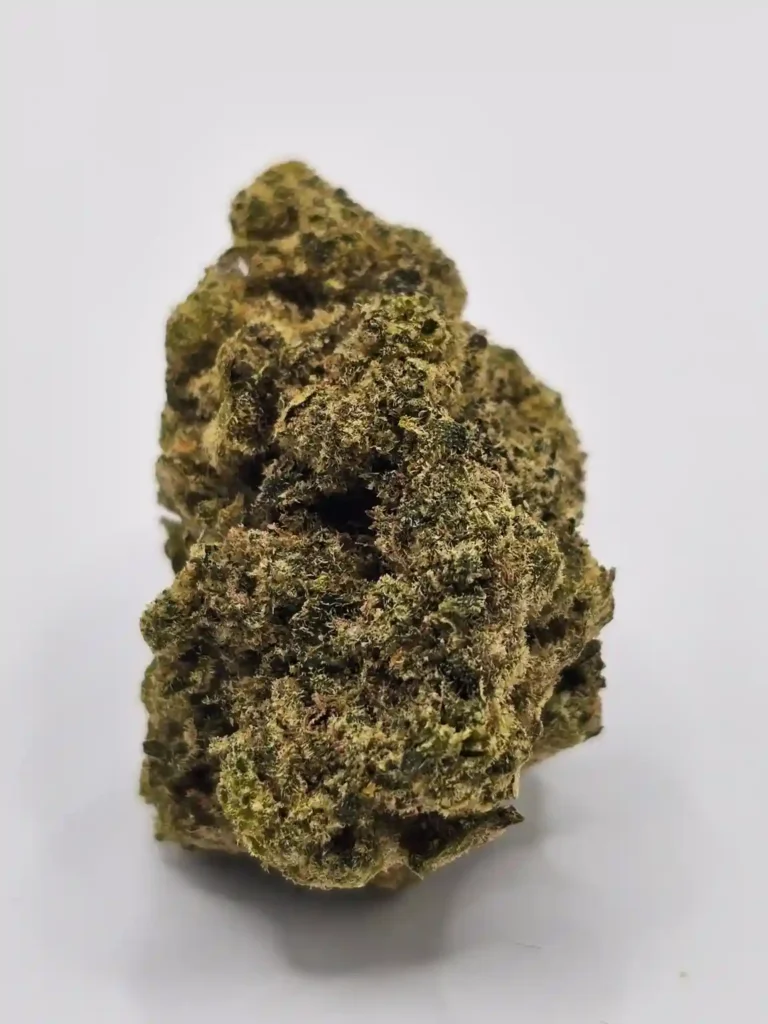
Cannabinoids can be broadly divided into two groups: natural cannabinoids and synthetic cannabinoids.
Natural cannabinoids are compounds that occur naturally in the cannabis plant. The best known and best-studied natural cannabinoids are THC, CBD, cannabinol (CBN) and cannabigerol (CBG).
Synthetic cannabinoids are compounds that are artificially produced in the laboratory to mimic the effects of natural cannabinoids. They are often designed to interact with the same receptors in the endocannabinoid system as natural cannabinoids. Synthetic cannabinoids are sometimes referred to as 'designer drugs' or 'research chemicals'. They are usually developed for medical research purposes but are also abused as recreational drugs.
The main difference between synthetic and natural cannabinoids is that synthetic cannabinoids can differ significantly in their potency, effects and safety profile. These differences make them potentially more dangerous than natural cannabinoids. Synthetic cannabinoids are also associated with a range of side effects, including severe anxiety, hallucinations, paranoia, heart palpitations and even life-threatening conditions.
In summary, natural cannabinoids such as THC and CBD are extensively researched and have known effects and are non-toxic, whereas synthetic cannabinoids can be very different and carry a higher risk of side effects. The use of natural cannabinoids for medicinal purposes is better researched and regulated than the use of synthetic cannabinoids, which are often considered a riskier option due to their potential for unpredictable and harmful effects.
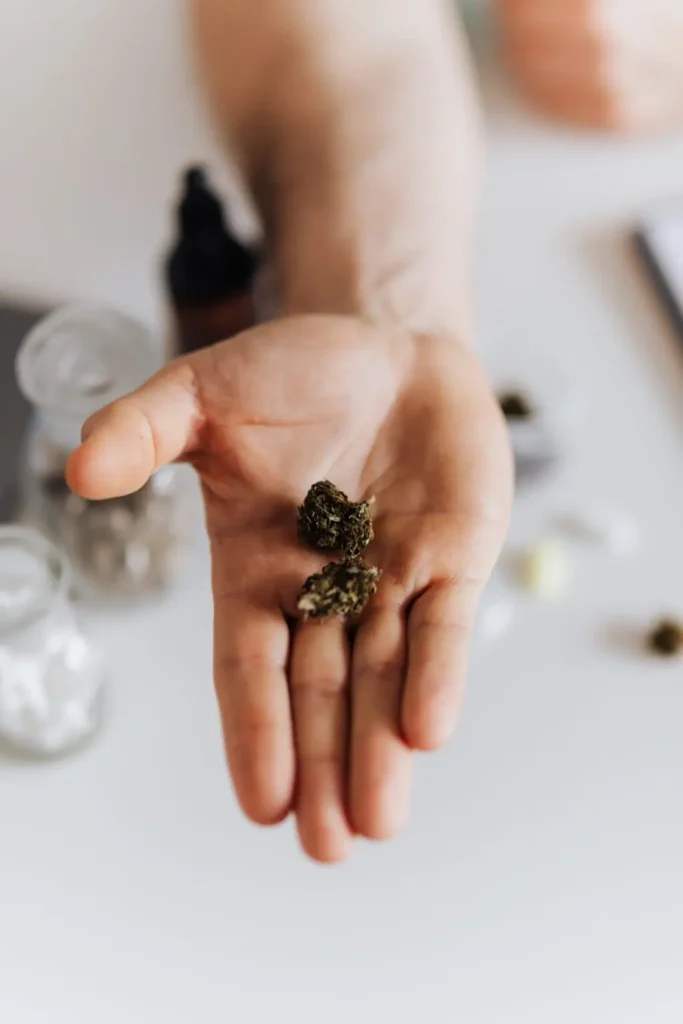
Interactions between cannabinoids and the endocannabinoid system and related potential applications are of great research interest. Medical cannabis, where cannabis or cannabinoids are used for therapeutic purposes, has gained attention in various diseases such as chronic pain, epilepsy, multiple sclerosis and others.
THC is the most important psychoactive component of cannabis. It binds to cannabinoid receptors in the brain and central nervous system. This interaction leads to the release of dopamine and other neurotransmitters, which also leads to the 'high' associated with cannabis use. THC also has analgesic (pain-relieving) properties.
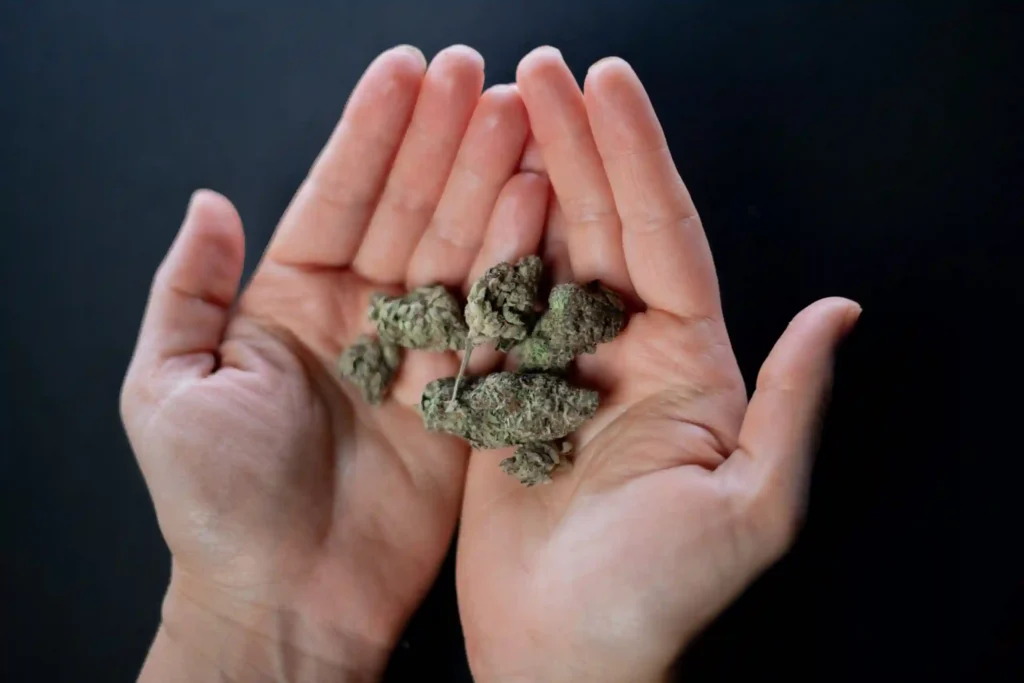
CBD is another important cannabinoid found in cannabis, but it does not have the same psychoactive effects as THC. It is reported to have anti-inflammatory, analgesic, anxiolytic (anti-anxiety) and antipsychotic properties. The effects of CBD are complex and not fully understood, but it appears to modulate the effects of THC and affect various signalling pathways in the body.
There are more than 100 different cannabinoids in cannabis, each with its own potential effects. For example, cannabinol (CBN) is said to have a calming effect, while cannabigerol (CBG) may have an anti-inflammatory effect.
The endocannabinoid system (ECS) is a complex cellular signalling system in the body that plays a key role in the regulation of many important physiological processes.
The ECS consists of three main components:

The endocannabinoid system is involved in the regulation of a number of physiological processes, including:
Ongoing research on the endocannabinoid system has led to the development of drugs and therapies targeting the ECS in various diseases. In addition, the interaction between the ECS and cannabinoids contained in the cannabis plant (e.g. THC and CBD) is of particular interest due to their potential therapeutic effects, although further research is needed to fully understand these interactions.
The effects of cannabinoids on the body and mind can vary depending on the strain, its concentration and individual differences in metabolism and sensitivity. Here is an overview of the effects of cannabinoids.
THC is the main psychoactive compound in cannabis and is responsible for the "high" or euphoric feeling often associated with marijuana use. Its effects on the body and mind include:
CBD is a non-psychoactive cannabinoid known for its potential therapeutic effects. It does not produce a "high" like THC and may even counteract some of the psychoactive effects of THC. The effects of CBD include²:
Cannabinoids, particularly THC and CBD, have shown potential in treating various types of pain, including chronic pain, neuropathic pain, and pain associated with diseases such as multiple sclerosis. Studies suggest that cannabinoids may modulate pain perception through interaction with cannabinoid receptors in the nervous system⁴.
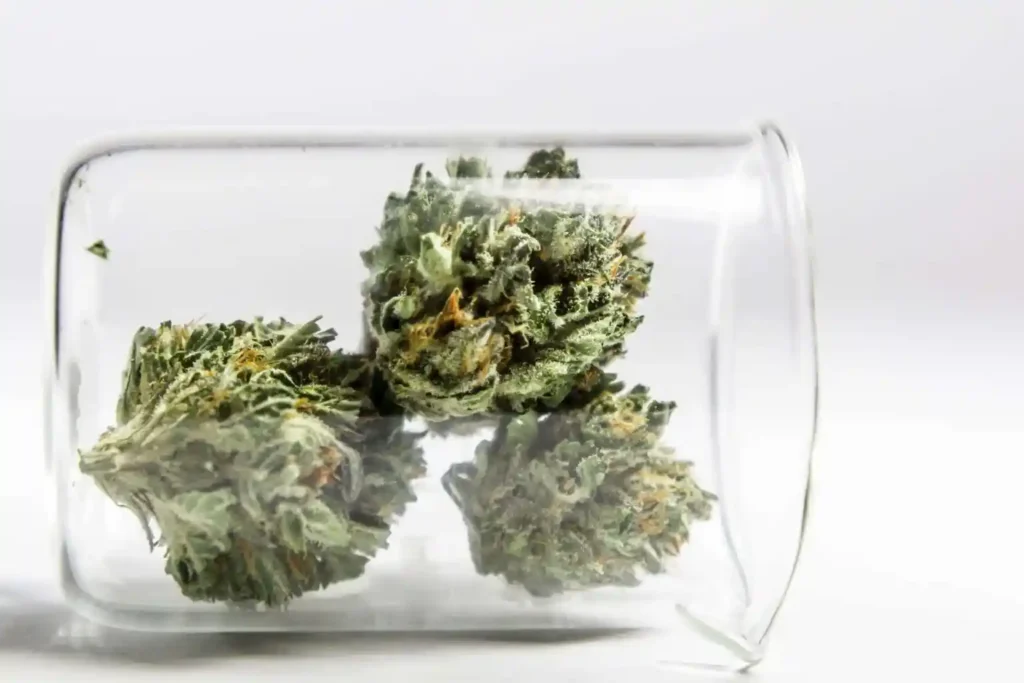
Cannabinoids have been investigated for their potential in the treatment of neurological disorders such as epilepsy, multiple sclerosis and Parkinson's disease.⁵ CBD in particular has attracted attention for its anticonvulsant properties and potential neuroprotective effects.⁶.
Cannabinoids have been investigated for their potential to relieve cancer-related symptoms such as nausea and vomiting caused by chemotherapy⁷ as well as pain and loss of appetite.⁸ Synthetic cannabinoids such as dronabinol and nabilone are approved in some countries to treat these symptoms.
Individual responses to cannabinoids can vary widely and further research is needed to fully understand their effects. Here are some of the possible risks and side effects of cannabinoids:
Psychological effects: THC, the psychoactive substance in cannabis, can cause various psychological effects such as anxiety, paranoia, hallucinations and cognitive impairment. These effects are more pronounced in people who are sensitive to THC or consume it in high doses.
Addiction and dependence: regular use of THC-containing products can lead to dependence and addiction in some people. This can lead to withdrawal symptoms such as irritability, insomnia, reduced appetite and mood swings when the substance is not consumed.
Deterioration of motor function: THC can impair motor coordination and reaction time, which can increase the risk of accidents, especially when driving or operating heavy machinery.
Cardiovascular effects: cannabis use may lead to an increase in heart rate, which may pose a risk to those with pre-existing heart disease and therefore increase the risk of cardiovascular events in susceptible individuals.
Respiratory problems: smoking cannabis can irritate the lungs and lead to breathing problems, similar to the risks associated with smoking tobacco. Long-term use can contribute to chronic bronchitis and other lung-related problems.

Cognitive impairment: Chronic use of high THC cannabis can lead to cognitive impairment, especially memory, attention and learning. This is particularly critical in people under 25 years of age, whose brains are still developing.
Mental Health: Some people use cannabis to relieve symptoms of anxiety and depression. However, intensive or long-term use, especially of strains high in THC, can increase the risk of developing or worsening mental disorders, especially in those predisposed to them.
Drug interactions:Cannabinoids may interact with certain drugs and interfere with their effectiveness or cause side effects. It is important to consult a doctor before taking cannabinoids, especially if you are taking other medications.
It is important to make informed decisions about cannabinoid use. If you are considering the use of cannabinoids for medicinal purposes, it is advisable to consult a health professional who will advise you depending on your individual health and needs.
The use of cannabinoids, especially THC and CBD, has gained popularity due to their potential therapeutic effects. Find out how you can use them here:
Smoking
This is one of the most common methods of using cannabinoids, especially THC. Cannabinoids are rapidly absorbed into the bloodstream through the lungs. However, smoking can have negative effects on lung health and is not recommended for long-term use.
Oral ingestion
Another option is edible products infused with cannabinoids. These include cookies, gummy bears, chocolates and more. Cannabinoids are absorbed through the digestive system, so the effects can last longer (often 30 minutes to 2 hours) and tend to be longer lasting.

Sublingual
These include tinctures, oils and sprays that are applied under the tongue. This method allows for faster absorption of cannabinoids into the bloodstream through the blood vessels under the tongue. The effect is usually seen within 10-20 minutes.
Inhalation
Besides smoking, another inhalation method is vaporization. Vaporizers heat cannabinoids to a temperature at which they are released as vapour but do not burn. This reduces the potential lung damage associated with smoking.
Nasal sprays
Nasal sprays are designed to deliver cannabinoids through the nasal mucosa, allowing them to be quickly absorbed into the bloodstream.
Patches
Cannabinoid-enriched transdermal patches can be applied to the skin. Over time, they slowly release the cannabinoids into the bloodstream.
Local applications
Creams, lotions, balms and oils enriched with cannabinoids can be applied directly to the skin. They are often used for topical relief of pain or inflammation.

There are several important factors to consider when dosing cannabinoids. Cannabinoids are active substances in cannabis that interact with the endocannabinoid system in the body, which is involved in the regulation of various physiological processes.
Dosage can vary widely and depends on factors such as the specific cannabinoid, individual tolerance, desired effect and method of consumption. Here are some considerations to keep in mind:
3. Body weight and metabolism - body weight and metabolism can affect how the body processes cannabinoids. In general, people with a higher body weight may require slightly higher doses.
4. Start with a low dose and proceed slowly - this is a common beginner's guide. Start with a low dose and gradually increase it until you achieve the desired effect. This will avoid overconsumption and unwanted side effects.
5. Watch the effects - pay attention to how your body reacts to different doses. Monitor the effects and adjust the dosage as needed.
6. Possible interactions - Cannabinoids can interact with certain drugs. If you are taking other medications, consult your doctor before taking cannabinoids.
7. Individual sensitivity - Some people may be more sensitive to cannabinoids and achieve an effect at lower doses than others.
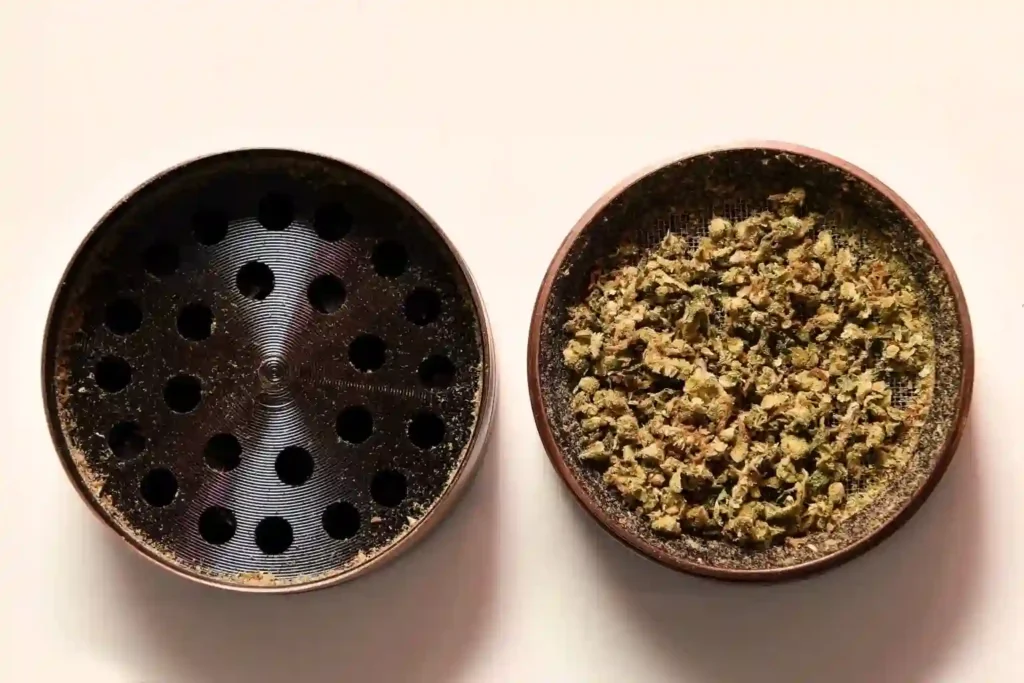
8. Duration of effect - The duration of the effect may vary depending on the method of use. Smoking or vaping can produce a quicker effect that wears off more quickly than with edibles, which take longer to come on but last longer.
9. Personal health status - Some medical conditions can affect how your body reacts to cannabinoids. For example, individuals with anxiety disorders need to be careful with THC, as it can make anxiety worse in some cases.
It is important to remember that there is no one-size-fits-all approach to cannabinoid dosing and what is good for one person is not necessarily suitable for another. If you are taking cannabinoids for the first time, consult your doctor to ensure a reasonable and safe dosage of medical cannabis.
If you have a chronic condition, you may be eligible for treatment with medical cannabis. The use of cannabis treatment is not limited to specific conditions or severity of illness, but can be used if standard therapy has not produced the desired results.
If you want to learn more about "how to become a cannabis patient", read our article now.
